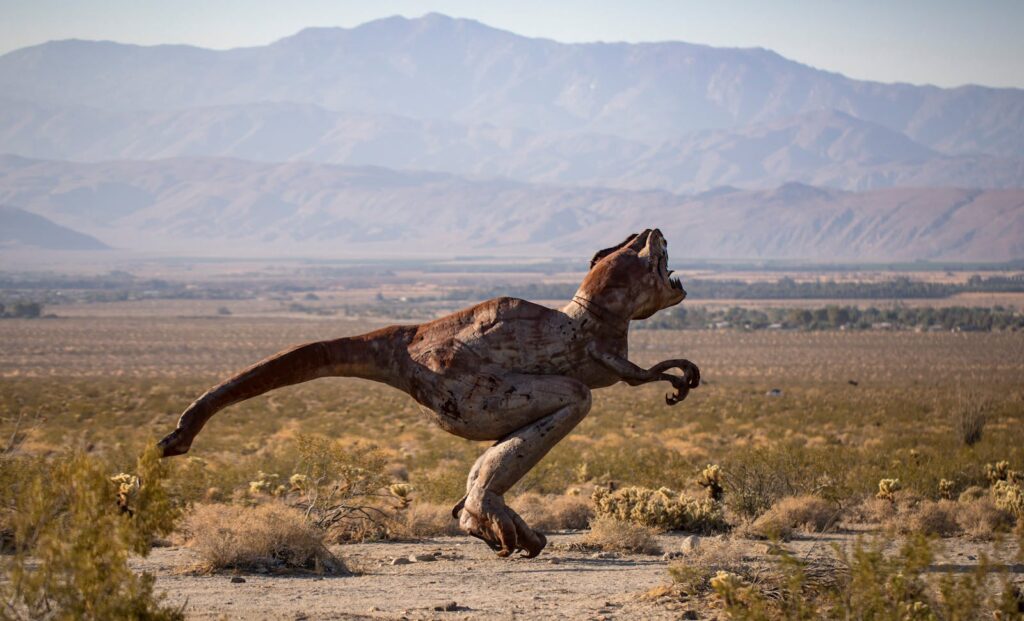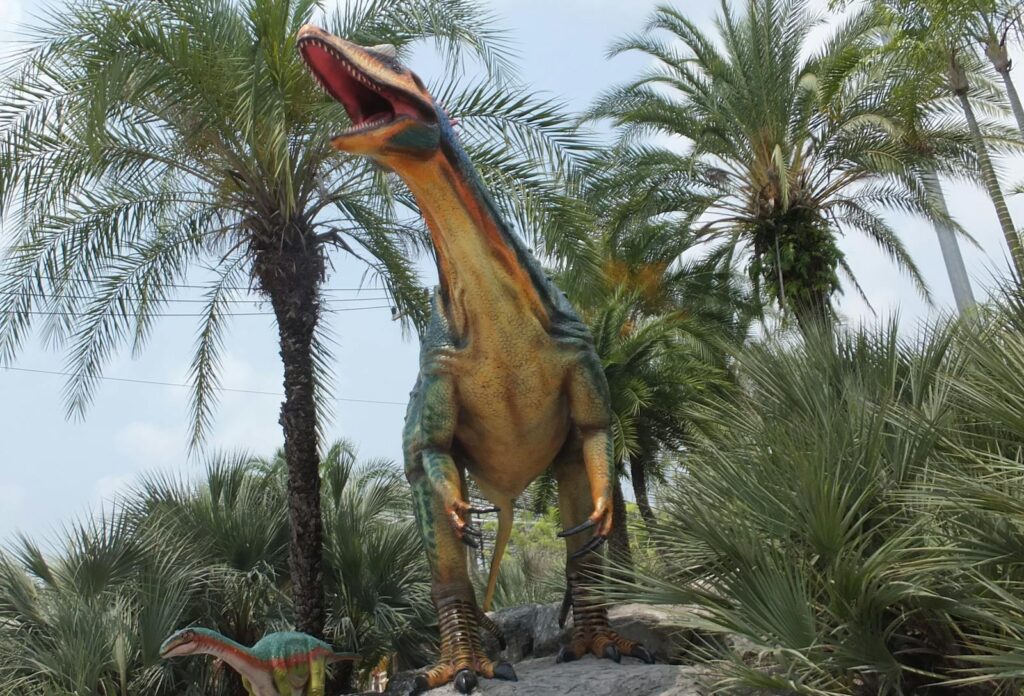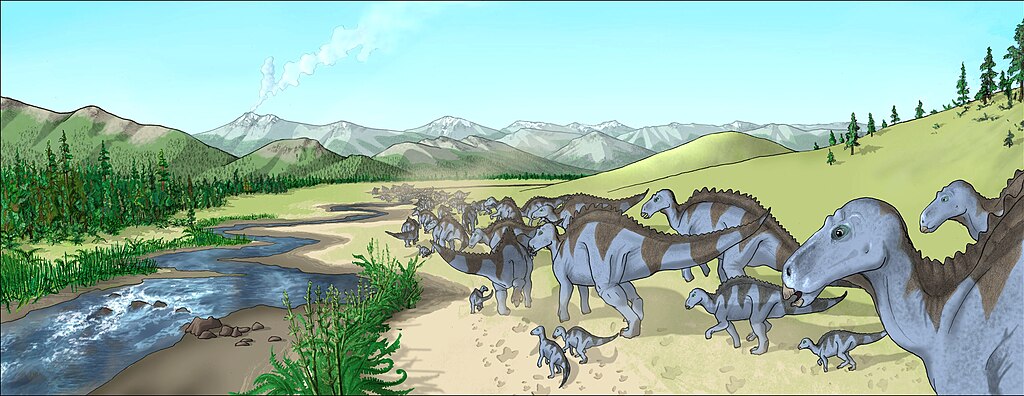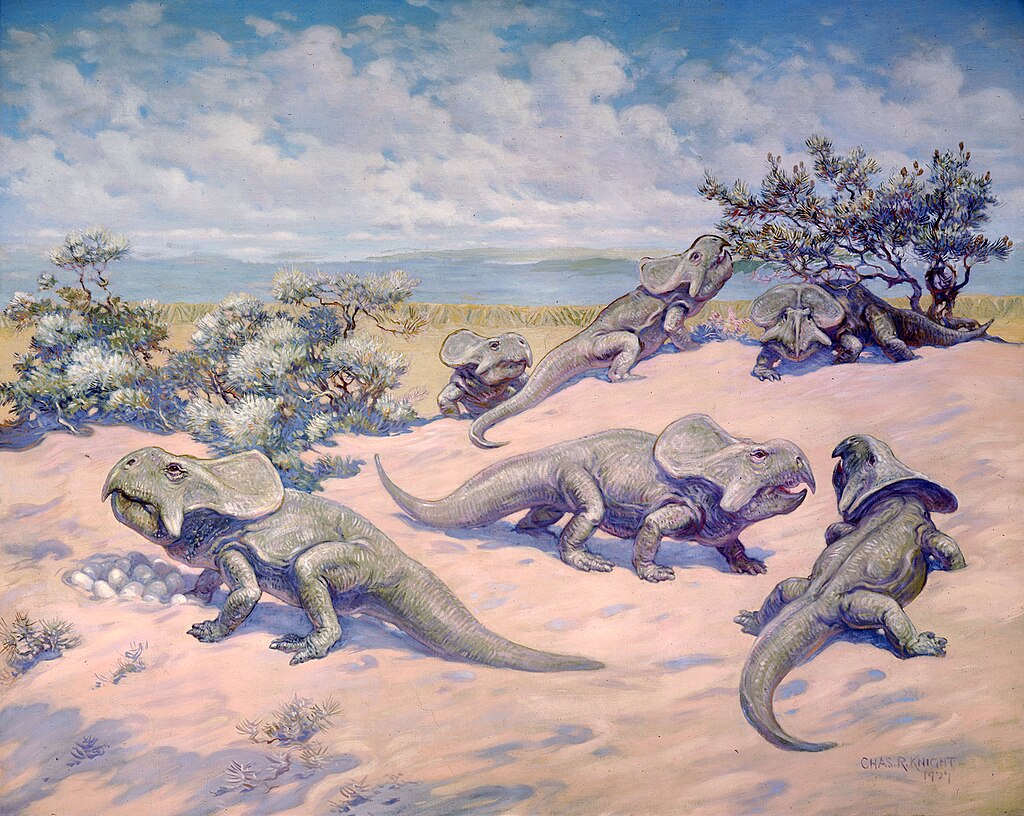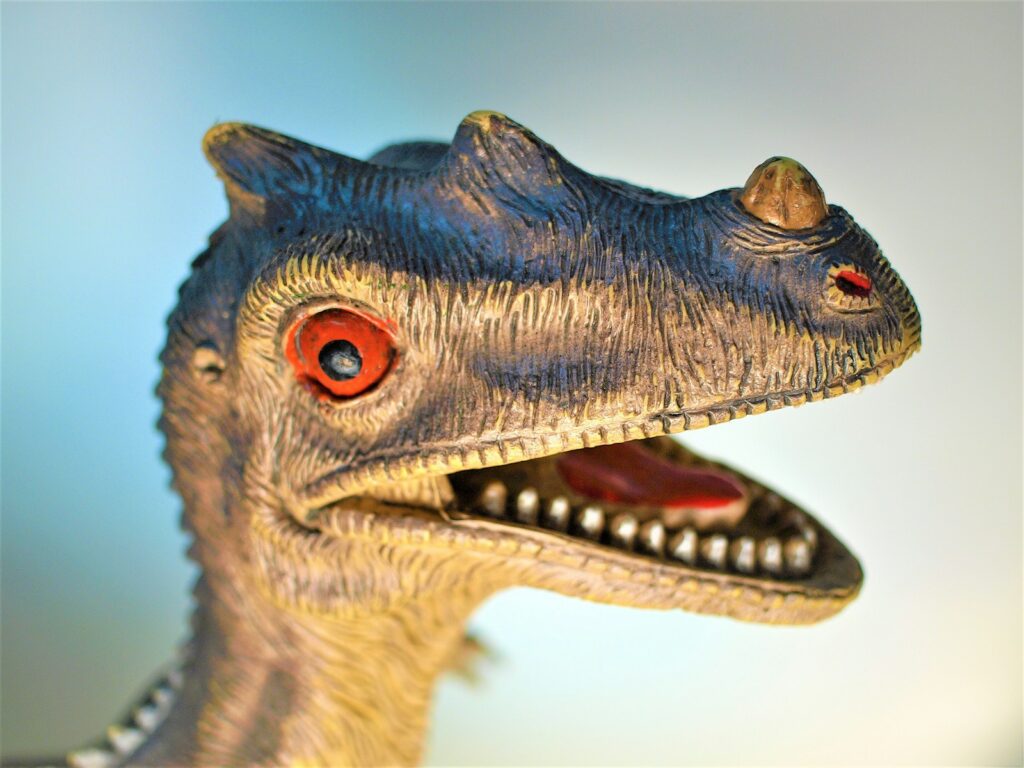Dinosaurs With Horns, Spikes, and Sails: Nature’s Strangest Designs
When we look at the fossil record of dinosaurs, we’re confronted with some of evolution’s most spectacular experiments. From the dramatic three-horned face of Triceratops to the imposing sail of Spinosaurus, prehistoric reptiles evolved remarkable ornaments and defensive structures that continue to captivate scientists and the public alike. These extraordinary anatomical features weren’t merely for ...



